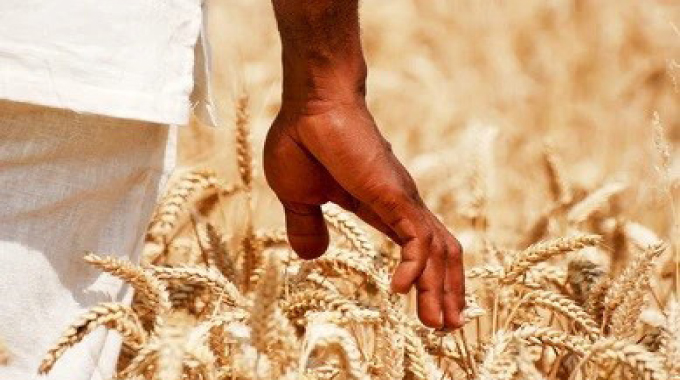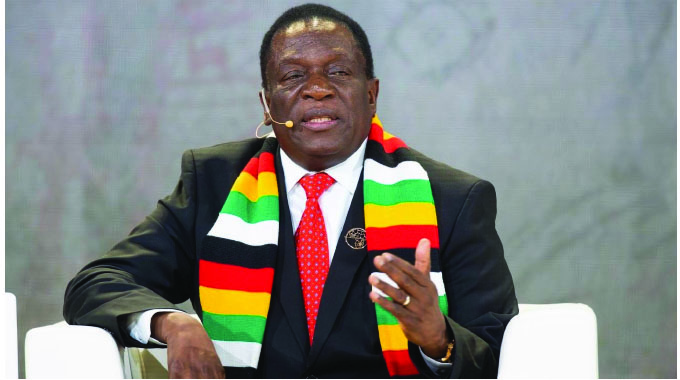COMMENT:Let us invest more into wheat production

THE country is on the road to achieving its biggest wheat harvest — 384 000 tonnes from 80 000 hectares put under the crop this winter.
We need 360 000 tonnes for national consumption every year which means that we will potentially have a surplus of 24 000 tonnes.

Wheat – Image taken from Shutterstock
“. . . we could only produce wheat that this country would consume for two to three months and thereafter we would import,” we cite Minister of Lands, Agriculture, Fisheries, Water and Rural Development, Dr Anxious Masuka saying on our front page today.
“Then President Mnangagwa put in a robust agriculture transformation strategy to ensure wheat sufficiency. Then this year we have a record 80 000 ha to produce over 384 000 tonnes of wheat against our national requirements of 360 000 tonnes. In fact, over the past three years we have been consuming an average of 330 000 tonnes of wheat. It therefore means that for the first time in the history of the country, we would have a surplus and that surplus will allow us to begin to think about having the strategic wheat reserves and this year we are well on course to doing so because we have been producing wheat enough to feed the nation for 13 to 14 months.”
The biggest wheat harvest the country had realised before the one we anticipate this year was 325 000 tonnes last year. This means that farmers are expanding their harvests year after year. In fact, they will reap 59 000 tonnes more this year than last year. Next year, if the momentum is maintained, the country could exceed 400 000 tonnes.
This commendable production is not an accident but a result of prudent planning and implementation of the plans by the Government, financial institutions, input suppliers and the farmer on the ground.
Efforts to spread wheat production are bearing much more fruit with smaller growers such as at Port Bury Irrigation Scheme in Umzingwane District looking forward to receiving US$1 000 each as dividend from their winter crop.
“We must build on this momentum into the summer season to assure our nation of perennial food security, away from the episodic weather-deterred food security escapades of the past,” Dr Masuka added.

“This is important because with climate change, with conflict, with disruption of global supply chains, we need to be able to feed this nation without recourse to external forces.”
The minister raises a good point when he mentions the need for the country to grow enough food to feed itself, thus cushion itself from unforeseen developments on the world stage – conflict, natural disasters, logistical challenges and so on. This year, the world’s biggest wheat growing nations — Russia and Ukraine — are in conflict since February. This may have affected production in Ukraine especially, which together with its more developed neighbour, Russia, produce about 30 percent of global wheat output. Logistics from that region may have been hampered as well due to the conflict. This means that nations that import from Eastern Europe may have experienced disrupted deliveries.
This, as the minister stressed, must continue motivating our country to redouble its efforts to be more self-sufficient, not only in terms of wheat output, but also maize, our two main food crops.
This demands more investment into agriculture in terms of skills, equipment, time, financing and others.
Noting the projected output and the area planted under wheat this term, the average harvest per hectare will be 4,8 tonnes. Wheat is not a large grain, so we think this is good productivity because the global average is five tonnes per hectare of the irrigated crop and half of that if the crop is rain-fed. So we are happy overall with the forecast wheat harvest this year and the average yield which meets global benchmarks.
Having said that, we can still do better and better. We urge the Government, farmers and their partners to work harder to expand the area under the cereal. The country has much irrigation potential, about 366 000 ha. Let us aim to put all that land under wheat in the next few years so we emphatically bid goodbye to wheat imports and walk into the club of exporters such as Russia, Ukraine, Brazil, South Africa and the like.












Comments